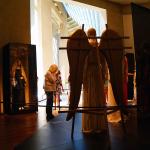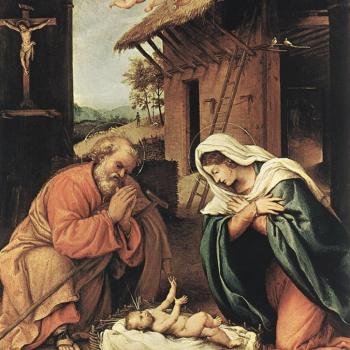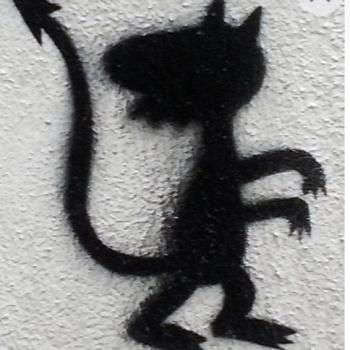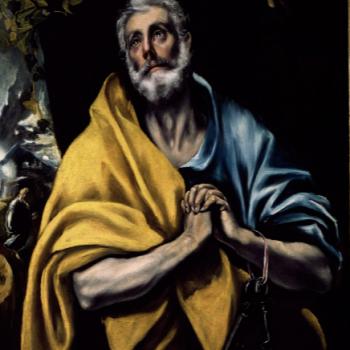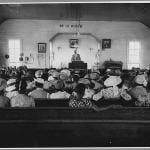Federico Fellini: Catholicism, fascism and fashion
La Strada by Fellini is one of my favorite films. It stands out as a melancholy character study that envelops hope even as destruction conveys their end. It has an aching reach to answer deeper questions on philosophical identity and the ever-evasing fear of loneliness. Fellini’s masterful storytelling is in the silence he puts into the characters and the pauses in the scenes that seem insignificant but are actually the most telling of all.
“No, I don’t know what this pebble’s purpose is, but it must have one, because if this pebble has no purpose, then everything is pointless. Even the stars!” -The Fool from La Strada.
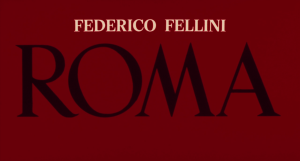
Roma (1972) by Fellini
For Fellini, everything has a purpose. Even through the shining decadence of costumes that is portrayed as wacky and grandiose in Roma (1972), highlighting the Catholic Church with it’s Cardinals and nuns, we see the inklings of something dark lurking under the surface.
Set up in seemingly religious garb, the characters are pushed into what is essentially more amped up spectacles of almost fantasy, fever-driven terror. It is not hard to see how Fellini amplifies his relationship with religion to fashion with a little more than a sprinkle of comedy and definition of fascism. The unfortunate analysis of this scene is Fellini comparing the over indulgent haul of the papal audience and clerical garb to a parade of prostitutes at wartime brothels.
In my opinion, I see it in two sections. I see it overwhelmingly as a statement that organized religion can be a threat to exploring true divinity and your own spirituality. Confined to strict rules that seem overtly ritualistic in nature and opposing to any and all other viewpoints can be suffocating and fascistic in nature.
The other statement, in my opinion, is an unfortunate truth of the dark underbelly of organized faith of not just Catholics but others as well: the deep-rooted and widespread cases of sexual abuse cases against many high ranking members in the Catholic Church against children.
This may or may have not been what Fellini was trying to tell us in his very fantastical fashionshow of nuns in roller skates and other such finery. In every other sense, the scene is heavy in cinematic presence that tells us a haunting and tragic story even in it’s absurdity.
The extravagant liturgical fashionshow is almost hysterical and seems a strange and fitting scene to set up the ending of the recounting of Fellini’s youth in Rome. This was during the time in the country during the Fascist regime that was in the 1930s as well as in the 1970s.
Religious fashion represented in High Art and film is Art History
The artistic purpose of placing religious fashion in film is a striking and intense form of placing very important messages in a narrative. Fashion is a form of art and represents a group of people and their views as it is just a different medium of artistry.
The highly altered fantasy pieces of religious garbs and costumes in the film Roma are a part of art history. It can inspire historians and other such theology students to study humankind’s relationship with organized religion to deepen our understanding of its flaws or positive impacts. It can also elevate and illuminate the impact religion, fascism and fashion has made on certain historical events and passages that created advent in industry and in the future of mankind.




